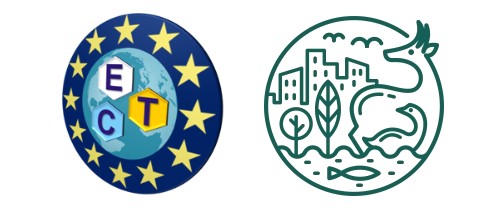
This short course introduces students to biostatistics as applied to ecotoxicological studies. The basic principles and methods used in biostatistics are covered in this short course. This includes the technical qualifications necessary for exploring, analysing and interpreting data from both controlled experiments, in particular standardized ecotoxicity tests, and field monitoring.
At the end of this Unit, you should be able to:
1. Explore experimental design, identify main statistical
methods and choose the most appropriate one.
2. Verify assumptions and interpret results.
3. Analyse ecotoxicity tests and environmental data.
- Professor: Benoit Liquet
- Professor: Charlotte Recapet
- Professor: Matthias Vignon

All organisms are not equal when exposed to environmental contamination. Inter- and intra- specific variation in responses to pollutants triggers a cascade of effects, affecting biodiversity and its resilience. These effects will be presented from physiological functions up to populations demography and genetics, through life-history traits and behaviour.
This course aims to provide awareness and understanding of organisms response to environmental contamination from individual to meta-populations.
At the end of the Unit, you should:
- Understand the dynamics of pollutants in the living compartment of ecosystems.
- Grasp the physiological mode of action of the main types of pollutants and their effect on traits at the level of the whole organism.
- Project the consequences at the population level, while accounting for evolutionary forces (selection, heredity).
- Mobilize classical concepts in ecology to interpret the effect of pollutants on populations.
- Make use of state-of-the-art modelling tools to predict the effects of pollutants on population dynamics and evolution.
- Professor: Simon Colas
- Professor: Charlotte Recapet
- Professor: Matthias Vignon
